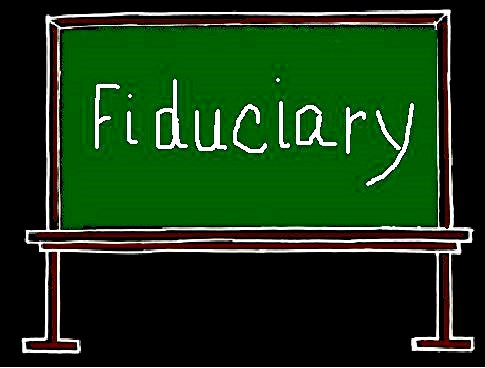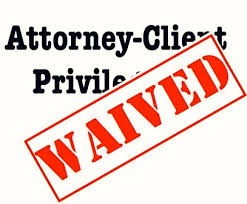Binning v Gill 20922 BCSC 1479 reviewed the law relating to court applications to enforce settlements and relied upon S. 10 of the Law & equity Act to enforce a settlement.
s. 10 of the Law and Equity Act:
” In the exercise of its jurisdiction in a cause or matter before it, the court must grant, either absolutely or on reasonable conditions that to it seem just, all remedies that any of the parties may appear to be entitled to in respect of any legal or equitable claim properly brought forward by them in the cause or matter so that, as far as possible, all matters in controversy between the parties may be completely and finally determined and all multiplicity of legal proceedings concerning any of those matters may be avoided.”
Son v. Kim, 2009 BCSC 776 held that s. 10 confers it with broad equitable jurisdiction to grant remedies in a cause or matter in order to avoid a multiplicity of legal proceeding concerning the matters at issue, including enforcing or setting aside a settlement agreement (para. 41).
The Court refers to Childs v. Childs Estate (1987), 45 D.L.R. (4th) 282 (Sask. C.A.).
In that case, the Saskatchewan Court of Appeal held that the court could enforce or set aside a settlement agreement compromising an action notwithstanding the fact that it involved matters extraneous to the action, or that there was substantial issue as to the terms, validity or enforceability of the agreement. Moreover, this could be done within the existing action and there was no need to commence a new action.
This represents the law in British Columbia: Hutton v. Hutton, 2020 BCSC 2046 at para. 26, citing McKenzie v. McKenzie (1975), 55 D.L.R. (3d) 373 at 377 (B.C.S.C.) where the court held that “there is a well-established practice in our courts based primarily on [predecessors to ss. 8 and 10 of the Law and Equity Act], and upon certain rules of practice in the English Court of Chancery to enforce settlement agreements in the suit compromised.”
In Son, the court stated it should be guided by the common law when exercising the discretion as described in Childs, stating at paras. 44–45:
The [Saskatchewan Court in Childs] held that the main criterion would be whether the requirements of justice to the parties were best served by
(1) a determination on affidavit evidence in the summary procedure (with possible cross-examination on the affidavits), or
(2) an order directing a trial of an issue in the same action, or (3) an entirely different action, or otherwise.
In making this determination, the Court must consider (1) the substance of the questions to be determined, (2) whether credibility was involved, (3) whether pleadings and discovery were desirable or necessary, and (4) any other factors which indicated proceeding in a particular way.
Based on the foregoing jurisprudence, there seems to be no doubt that the Court has the jurisdiction to enforce or set aside an agreement that compromises an action notwithstanding that it involves matters extraneous to the action, or even that there is a substantial issue as to the terms, validity or enforceability of the agreement. The exercise of this jurisdiction will depend on whether justice is best served under the summary procedure in the peculiar circumstances of the settlement agreement in question.
It is clear from those passages that, ultimately, the Court must be guided when exercising its discretion by what best serves justice for the parties “in the peculiar circumstances of the settlement agreement in question”.
[49] All parties referred to Lougheed v. Ponomareva, 2013 ONSC 4347 [Lougheed]. That case concerns the settlement of a family law action. Each party was represented by counsel at a mediation and arbitration. They attended mediation and executed written minutes of settlement, which were signed by both parties and their counsel. That agreement resolved all issues in the litigation.
[50] However, less than a month later, the respondent changed counsel, who informed the opposing party that the respondent wanted to set the agreement aside. The respondent took the position that she was heavily medicated during the mediation and therefore not in a position to understand what was taking place. She also asserted that the minutes of settlement were unconscionably one-sided.
[51] In addition to filing an affidavit explaining her condition, the respondent deposed that she attended before a psychologist. That psychologist’s report was appended to the respondent’s affidavit. The Court notes that the respondent did not in her affidavit “assert that the applicant or the applicant’s counsel was aware that she was on medication, or that she was in any difficulty in understanding what was going on or what was agreed to” (para. 15).
The respondent’s position was to set aside the settlement on the ground that she was “emotionally and mentally incapable of understanding what was going on” (para. 36). The respondent argued that the evidence was uncontradicted that she was unable to understand what was taking place. Her position was that as a result of that, the minutes of settlement had to be set aside (para. 27).
The Court confirms that such evidence could be a legally sustainable ground for attacking minutes of settlement (para. 36). However, it went on to state:
The respondent’s bald assertion that she did not know what was going on must be assessed as against the surrounding circumstances.
The respondent was represented by two experienced counsel. They both understood Russian as well as English. One can assume, without evidence to the contrary, that counsel would not permit their client to sign minutes of settlement if there was any suggestion that the client did not understand what was going on.
The parties met with their counsel and with the mediator, together and separately. There is no evidence that any party to the proceedings observed conduct on the part of the respondent that suggested that she did not know what was going on.
The Court confirmed that to succeed, the respondent needed to show that the other party was aware of her lack of capacity or had constructive notice of it “by virtue of circumstances that should have put the other party on his inquiry as to the state of mind of the respondent” (para. 42).
This is based on the legal principle that a party seeking to escape the terms of the contract must show not only mental incompetence, but also that the other party knew about that incompetence: Imperial Loan Co. Ltd. v. Stone, [1892] 1 Q.B. 599 (C.A.) at 601, as quoted in Lougheed at para. 43. That rule had been somewhat relaxed because it could be shown that the contracting party was aware of facts that should have put that person on notice as to the state of mind (para. 44).
The Court in Lougheed also stated:
The fairness of the contract is not a relevant consideration except to the extent that it might be one of the factors that could put a party on notice of an issue regarding the mental competence of the other party. It is not an independent ground for setting aside a contract involving a mentally incompetent person.










